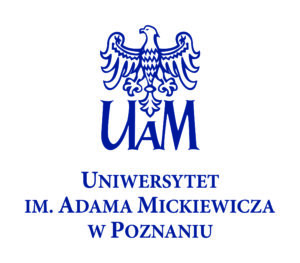ComPathos: towards the new model of pathos for computational rhetoric
What is the role emotions play in persuasive dialogues? Do we get more easily swayed by arguments which stir emotions? Does using emotional words in political argumentation allow speakers to achieve greater rhetorical effects than relying on arguments only? This proposal aims at providing new means for understanding how emotions expressed by (or appealed to) by speakers in persuasive dialogues are influencing the emotions of hearers.
In Aristotle’s classic account, an argument based on pathos (or pathotic argument) takes its persuasive power from appealing to the emotions of the listener. Pathos, i.e., the emotional state of the listener, can influence the process of persuasion, next to the logos (argumentation) and ethos (the character of the speaker). Argumentation theory and studies on speaker’s character have shed new light on – respectively – logos and ethos. The goal of this proposal is to build a comprehensive theory of pathos, a theoretical account for modern rhetoric, suitable for computational approaches and dialogical AI. The model, which we propose to name ComPathos Computational Pathos, will allow for a deeper understanding of the structure and quality of natural language arguments appealing to emotions. We will use bottom-up approach to empirically inform the development of the model, collecting evidence for the uses of pathotic arguments in natural communication, along with experimental cognitive approach which gathers evidence for the rhetorical effects of appealing to emotions. We will focus on the material of pre-election debates, such as the following example from a debate before Polish parliamentary election, by a representative of the left-wing party Razem, Adrian Zandberg:
(1) Adrian Zandberg: We should quit coal by 2035. It is not the question of ambition, but of elementary responsibility. Because the climate crisis is not, Mr, Bosak, an ideology. It is what practically all scientists have been telling us: human impact on the climate will mean, for our children’s and grandchildren’s generations, dramatic problems. It will not only mean drought in summer, not only higher food costs, not only the lack of water in the cities, not only heat waves, and the fact that dozens of thousands of elderly will die. It is a danger for the civilisation itself. (2019-10-08, TVN)
Intuitively, we may perceive the emotional load of this argument as well as the balance it introduces between positive figures (words such as children and grandchildren), trust building (scientists), and fear stirring (dramatic, danger, death). In this proposal we show how such a use of emotive language is a rhetorical strategy in political argumentation and public discourse in general. We aim at developing a theoretical understanding of how this strategy is used and which emotions it is stirring, by carefully analysing the logos, ethos, and pathos of pre-election debates. In Rhetoric (Book I, 2), Aristotle writes: ”persuasion may come through the hearers, when the speech stirs their emotions. Our judgements when we are pleased and friendly are not the same as when we are pained and hostile.” . Following this approach, we define pathos as emotions experienced by hearers, stirred using certain words and phrases by the speaker. In this proposal, we present methods for systematic observation and modelling of the interplay between arguments and emotions in persuasive texts. Using current methods in computational pragmatics and rhetoric, we will present how examples like (1) can be dissected and understood, both by an in-depth qualitative study, as well as in large-scale automatic analysis.
In our attempt at modelling pathotic arguments we combine three methodologies reflected by the three work packages. Corpus studies in WP 1. allow us to obtain statistical data about the most common argument structures and dialogical moves related to pathotic arguments. NLP technologies, including automatic emotion recognition in WP 2. allow us to capture social media response and map in time pathos stirred by rhetorics from WP 1. Psycholinguistic study from WP 3. provides a controlled environment for the observation of pathos in laboratory conditions. We combine those approaches in a novel way, by proposing the first systematic study of both rhetorical structures and their effects focused solely on pathos.
Click here to see Polish version of the project description.
Funded by National Science Centre 2020/39/D/HS1/00488 (Sonata), 2021-2023



